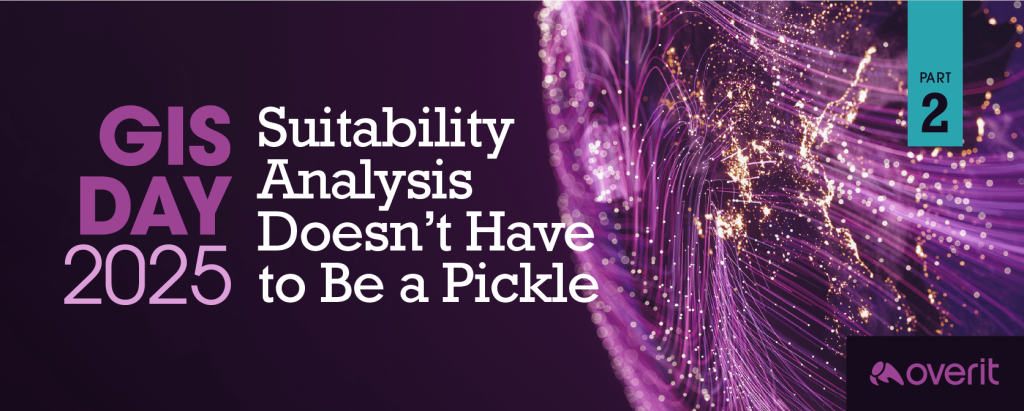
Guess what?
The odds are good YOU are making one of the top ten biggest digital marketing mistakes. Yup, you. This session will focus on mistakes you’re making on email, website, Facebook, Twitter, and mobile and provide you with the better solution to these errors.
Speaking, we have Steve Adamis, Nate Anderson, Leanne Smity, Sam Stockdale and Marty Weintraub.
Up first is Steve Adamis from Adobe. His background is in analytics and campaign testing, so his tips will be around that, as well. Makes sense.
Tip 1: Make sure what you’re measuring is tied to a business goal. Many times, as analysts and marketers, we find that we get started in analysis and make it way too complicated. We lose focus on the business goal. A good example is a client who was upset that campaign reporting was taking a long time to get turned around. It was because the analysts were doing things way too complicated for the purpose of the reporting. Make sure you’re doing things that are appropriate for your business goal and that your business goal is the end game.
Two ways to fix this. Ask yourself:
- What does the success metric mean for my business? If you’re doing an analysis on a social campaign and you’re looking at the number of RTs – what does that mean for your business? Can you tie that back monetarily? Are there a certain number of leads?
- After I get this analysis completed, what can I do next with this metric? Can you market to these people better?
Tip 2: Why do we continue to market to customer segments that are not profitable? Many companies don’t know which customer segments are not profitable. Identify this for your business and market based on those segments. Send high value people different ads than the people who are a step below that. There are likely a lot of customers in your database who are not profitable to interact with (ouch). Email marketing is a great example of this. There are lots of email addresses in your database that are not active people to send emails to. You want to make sure you’re only marketing to people who are profitable or who you want to reactivate.
How can we fix this problem?
Make sure you are using the tools that are in your toolbox. Start targeting based on pins or the number of people who add products to a cart or people who forward a certain email. Make sure everything is tied back to revenue. Everything should have revenue as the final goal. There are lots of times when we blast out emails or display ads and the revenue is not the bottom line, it’s to get awareness. That’s not okay. We need to make sure revenue is the bottom line.
Next up is Nate Anderson (Franklin Square Capital partners). He wants to talk about goals.
You need to create a goal-driven culture. You’re going to need organizational buy in to get accountability and give your campaign some teeth.
At the campaign level, each thing you do should have a specific goal you’re trying to achieve. You can create better goals than “awareness.” Even if your goal is awareness, benchmark against better standards – yourself, your industry, etc.
Avoid nerd dependency. As a marketer, you should have an idea of what you were trying to do. You can’t just walk up to the “nerd” to ask about the results. Two people looking at data may have different reasons why. You should understand what’s going on. Bring your marketer perspective, but think and act like an analyst.
Next up is Leanne Smith from CMI.
Make sure your objectives are aligned with the creative.
Poor communication is something we need to work on. We work for communication agencies, we have to make sure we’re talking together. A lot of clients bring these in-house, then they hire 15 different agencies, then they consolidate to one – if those people aren’t communicating a lot of mistakes and problems can happen.
In the past two years she’s seen sites that have gone from http:// to https://. Not a major change. However, if everyone isn’t on the same page, your creative may be sending people to an unsecure URL. Your PR team may be sending people to an unsecure URL. Your SEO may. All because of bad communication.
To help combat this, have status meetings. Make it a quick 15 minute meeting with your different vendors and agencies so everyone knows who is doing what and what the status is.
Make sure you have a solid measurement plan. Outline all the partners and their roles and responsibilities. Whose job is it to add a tag on the website?
Next up is Sam Stockdale of Dread Engine. He wants to talk about vanity design.
When he was in high school he thought wearing all black was the shit. But he didn’t want to be a badass that people didn’t talk to or that people didn’t want to date. But that’s what happened. The way people were seeing him is not how he wanted to come off.
This happens to your website design. It happened to his website, too. The background of his website was flesh sewn together (well, that’s nice). The website had a terrible bounce rate (go figure).
After they did some significant testing and backed out of what they wanted to be (scary) and became “cleaner” (white space, nicer down, no flesh), they made business. They sold music.
His company also used social media incorrectly. With Facebook, they saw a really painful reaction when using a boosted post. They had produced a piece of content (a song) and it was in honor of the men and women in the armed services. They boosted it and they said 50% of the proceeds would go to the Wounded Warrior foundation. But the post had less than 2% engagement. He’s not saying it’s wrong to use boosted or paid posts, but you could do a lot more with more personal love in your posts. [Knowing that Marty is a HUGE advocate of paid social, I’m amused he’s coming next]
He found a lot of success in not having to use Facebook. Obviously, money is power. But you’re equally as powerful on your own. If you can build good conversations and good content, it’s completely organic and will resonate.
Next up is Marty Weintraub. Hold on to your hats. Marty is bananas.
He’s going to fast-fire social myths you must be drunk to believe:
- If you build it they will come – no. It is entirely possible to build worthless profiles.
- Social is worthless for B2B
- Not Viral, not cool
- Communities are always valuable
- Social media marketing is free – that’s funny, says Marty
- Twitter only works for celebs and big brands
- The most followers win – its not the size, its how you use it.
- Blogs will save the world
- Blogs are dumb and useless
- You can’t measure social
- My customers are not on social – 1.2 billion people are on Facebook.
- It takes a ton of content
- Social media content strategy is different than content strategy – the only difference between PR and Social is who sees it, when
- I don’t have time for social
- Negative comments will eat my business – if your business sucks, there will be negative comments, with or without social.
- Google + is stupid – you’d have to be drunk not to play in Google+ right now.
- Social is only about fluffy shit
- Social is not possible in my regulated environment – marketing your hospital is not violating your client’s rights.
- First thing to do with new friends is sell sell sell – no, it’s give, give, give, give, BUY MY TIRES
- Social is mon-fri, 8:30 – 5PM
- I have to respond to everything immediately
- Scheduling posts is a bad idea
- Use interns to manage social – do not do that.
- Social PPC and paid content amplification does not sell
- Post the same content for more responses
- Paid social is a waste of money
He just rattled through that in about 40 seconds. And then strutted off the stage. Like a boss. Because that’s what Marty is.
Give one piece of advice for people to go home and do:
Sam: From what he’s learned so far, consistency is so important. Even when he would have a few posts that would do well, it just matters to continue hitting it constantly.
Marty: Understand that there’s little SEO above the fold and there’s little social distribution above the fold. Search PPC is to SEO, as paid organic-looking social is to content marketing.
Steve: Make sure everything you’re doing, you have a reason for. If you’re writing a blog post, what is the reason. If you’re tweeting, what is the reason?
Leanne: Communicate, align and measure.
Nate: Challenge assumptions.
===
Wow, lots to soak in there!
And with that, our coverage of #adtechNY comes to a close. We hope you enjoy it. You can read our complete ad:tech NY coverage here. Thanks!





